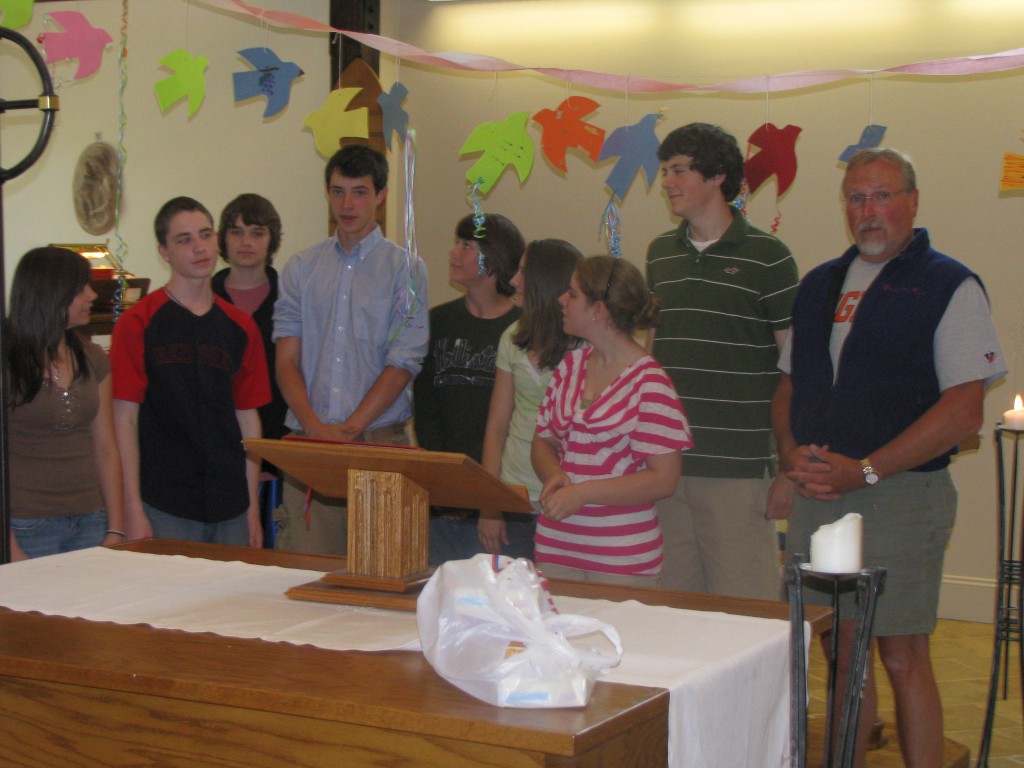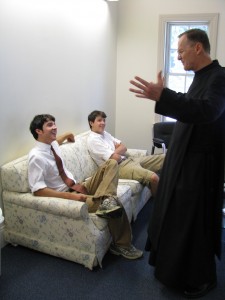Jeremiah 23:1-6
Mark 6:30-34, 53-56
This past Friday night my wife’s office had a party. Over dessert I found myself talking with our hostess, a fascinating woman who was raised in the Congregational Church and converted to Judaism after her marriage to a Jewish man. She is the first convert to serve as president of her synagogue, a position of great honor.
Our talk turned to our children: were they continuing to practice the faith in which they had been raised? We agreed that this depended to a large extent on who they ended up marrying or living with. “Mixed marriages†– a Christian and a Jew for instance or, most commonly these days, a person with a religious background and a partner without – usually end up doing nothing about religious faith, for themselves or their children.
In twenty-some years, my hostess told me, their synagogue has had only one marriage, because even Reform Jewish rabbis usually will not officiate at mixed marriages – and all the other marriages of children of this synagogue in those twenty years had been to non-Jews. “This can’t continue,†Carol said, “or we will all die out. In this day and age, religions have to learn to reach out and engage with other religions or with people of no religion. They can’t just keep to themselves. They have to open up and change.†(Or at least that’s what I heard her saying!)
Which statement I want to use as a way into this morning’s topic, which is about the formation of Christians in a secular society — something that is called evangelization, a Greek word meaning the sharing of the Good News of God. Evangelization is of the very essence of Christianity. We exist as a religion because a tiny group of women and men, St. Peter, St. Paul and the other apostles (a word meaning “sent outâ€), went forth to spread the Good News they had encountered in Jesus Christ.


